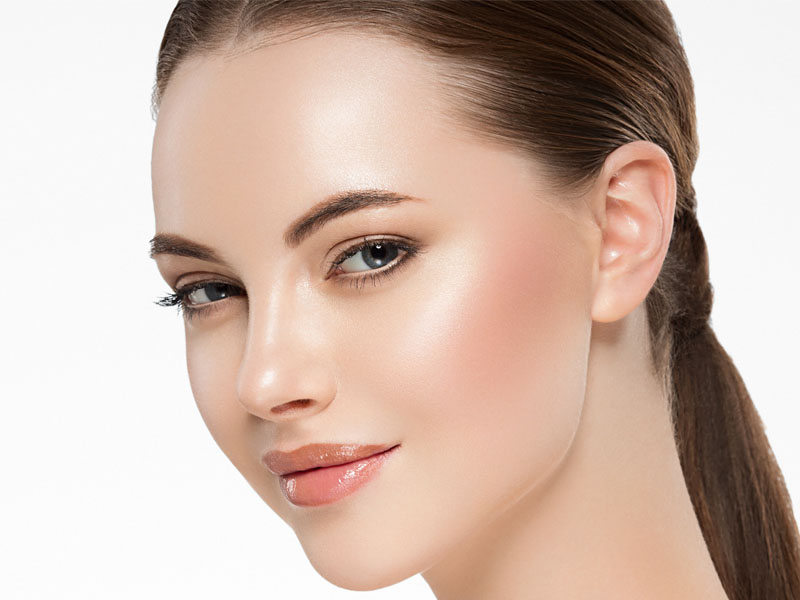Rhinoplasty in Dubai

steps :
| Hospitalisation : Outpatient or 1 night depending on the procedure |
| Duration of the procedure : Approximately 1.5 to 2.5 hours – under general anaesthesia |
| Post-operative pain : Moderate – Peak during the first 48 hours |
| Dressings : 7 days (external nasal splint or plaster cast) |
| Cessation of sporting activities : 4 to 6 weeks depending on intensity |
| Time off work : 7 to 10 days (depending on professional activity) |
| Visible morphological results : Results visible after 1 month – Final results after 12 months |
| Post-operative check-up and follow-up : 1st week, 1 month, 3 months, 6 months, then 1 year |
Principles :
Rhinoplasty, often referred to as a “nose reshaping surgery,” is one of the most frequently performed cosmetic procedures worldwide, and it holds particular importance in Dubai, where aesthetic refinement is highly valued. As a plastic surgeon practicing in Dubai, my goal is to educate patients about every aspect of rhinoplasty—from preparation to long-term results—so they feel informed, respected, and reassured throughout their journey.
Rhinoplasty is a surgical procedure designed to modify the shape, size, or proportions of the nose. It can address both aesthetic concerns—such as a dorsal hump, wide nostrils, or asymmetry—and functional issues, such as breathing difficulties caused by a deviated septum.
In Dubai, patients often seek rhinoplasty for subtle, natural enhancements rather than dramatic changes. The principle of rhinoplasty is not to create a “perfect” nose but to achieve harmony with the patient’s facial features, respecting their ethnic identity and cultural background. A well-performed rhinoplasty should preserve nasal function while delivering balanced, natural-looking results.
Before the Procedure
The Procedure
After the Procedure
Results and Follow-Up
Frequently Asked Questions about Rhinoplasty in Dubai
How much does rhinoplasty cost in Dubai?
Costs vary depending on the complexity of the procedure and the surgical facility. A personalized estimate is provided after consultation.
Is rhinoplasty safe ?
When performed by a qualified plastic surgeon in an accredited clinic, rhinoplasty is a safe procedure. Risks are minimized through proper preparation and follow-up.
How long is the recovery period?
Most patients return to social activities within 10–14 days, though swelling may continue to improve over several months.
Can rhinoplasty improve breathing?
Yes. Functional rhinoplasty can correct structural problems like a deviated septum, improving airflow while enhancing appearance.
Will my results look natural?
In Dubai, the surgical approach prioritizes natural results that respect cultural and ethnic identity. The goal is harmony, not drastic change.
When can I return to exercise after rhinoplasty?
Light activities may resume after two weeks, but high-intensity exercise and contact sports should be avoided for at least six weeks.
